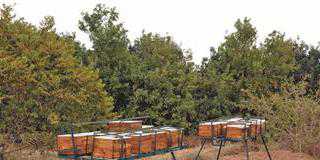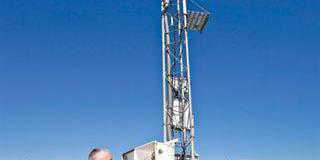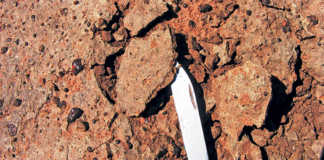Meat traceability has become a much-discussed concept in marketing circles. Yet this technology may have an equally important role to play in on-farm production.
A world-class meat traceability platform in development at the University of the Free State (UFS) is designed to store information on the growth and measurements of animals from birth to slaughter, and to compare performance. This will assist the farmer with production decisions and enable feedlot operators to identify high-performing animals.
Addressing delegates at the recent Red Meat Abattoir Association’s conference in Stellenbosch, Prof Johan Willemse of the Faculty of Natural and Agricultural Science at the UFS said the platform was aimed at helping farmers produce meat more scientifically.
“If you continue as usual in the current economic environment, you’ll find yourself out of business within the next five years. To survive, you need to think and farm differently,” he said. Willemse explained that there was much variation in animal performance in feedlots, even within the same breed.
A study conducted on the feedlot performance of cattle of the same breed revealed that the average daily weight gain varied between 1,46kg and 2,24kg, while the feed conversion ratio ranged from 4,65 for low-performing animals to 7,14 for high-performing animals. Slaughter percentages varied between 55% and 63%.
According to Willemse, these variations indicated that further improvement in production efficiency was necessary. “Feedlots will be willing to pay for more efficient animals, as having animals with better feed conversion and daily weight gains boosts their profitability. I already know of a couple of feedlots that no longer buy stock from certain producers, because it costs them too much to raise these animals,” he said.
Farmers participating in the programme would have to purchase ear tags for their animals for identification purposes at a cost of about R20 per tag. An additional fee would be charged if a producer chose to use the database.
Should a farmer choose not to use the database, feedlot operators could still identify and record the animals’ growth, and send this information to the farmer.
The project is still in the developmental phase, with the radio frequency identification (RFID) ear tags in the process of refinement. Once concluded, the technology will be tested for three weeks before becoming available to commercial, smallholder and emerging farmers.
Willemse said that traceability and RFID technology in countries such as Australia and the US had evolved to include GPS, which allowed producers to monitor the movement of their animals.
Email Prof Johan Willemse at [email protected].













